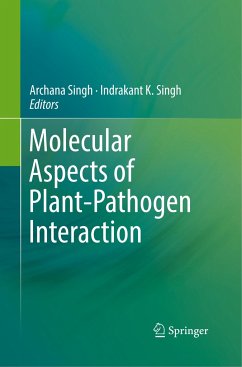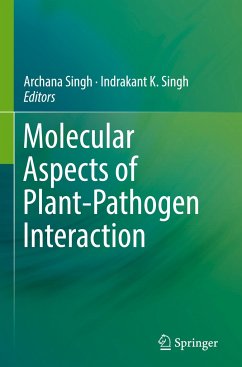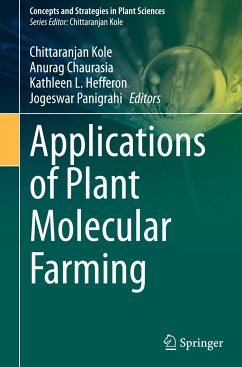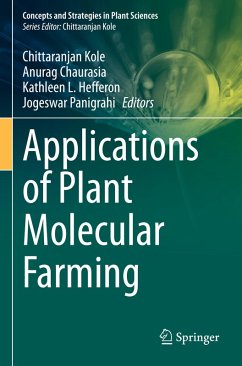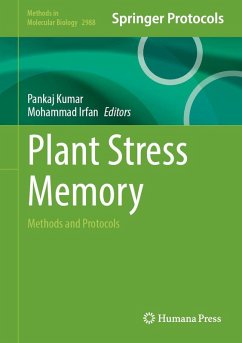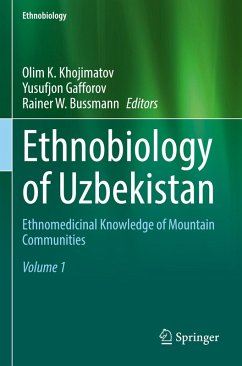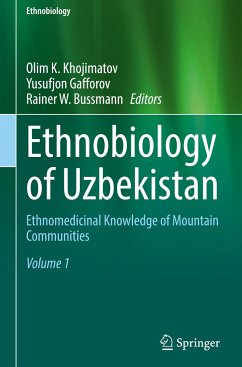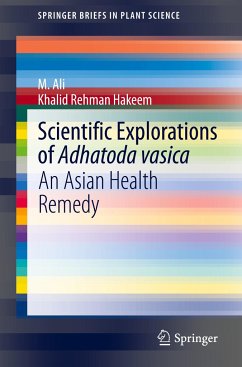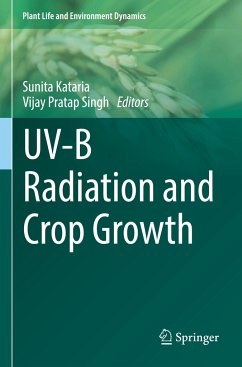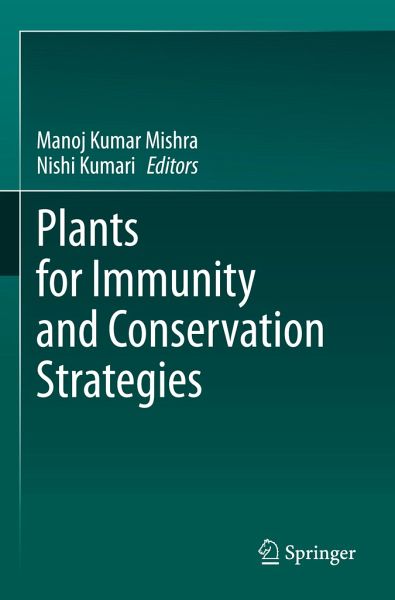
Plants for Immunity and Conservation Strategies
Versandkostenfrei!
Versandfertig in 6-10 Tagen
151,99 €
inkl. MwSt.

PAYBACK Punkte
76 °P sammeln!
This edited book deals with medicinal plants (herbs and trees) used in critical diseases which contain a rich resource of bioactive compounds that can be used as immuno-boosters or recommended for therapeutic values. Each chapter provides the basic information such as taxonomic description, occurrence and importance of medicinal plants. The detail description of major bioactive compounds in medicinal plants, their chemical nature and clear flow chart of biosynthesis are important steps in this book. This book also includes conservation strategy both in-situ and ex-situ, which assist the resear...
This edited book deals with medicinal plants (herbs and trees) used in critical diseases which contain a rich resource of bioactive compounds that can be used as immuno-boosters or recommended for therapeutic values. Each chapter provides the basic information such as taxonomic description, occurrence and importance of medicinal plants. The detail description of major bioactive compounds in medicinal plants, their chemical nature and clear flow chart of biosynthesis are important steps in this book. This book also includes conservation strategy both in-situ and ex-situ, which assist the research and academic purpose. This book is of interest to national and international researchers, teacher's, pharma scientists, and policymakers. Also, the book serves as additional reading material for both undergraduate and graduate students of pharma and agriculture in the world.



